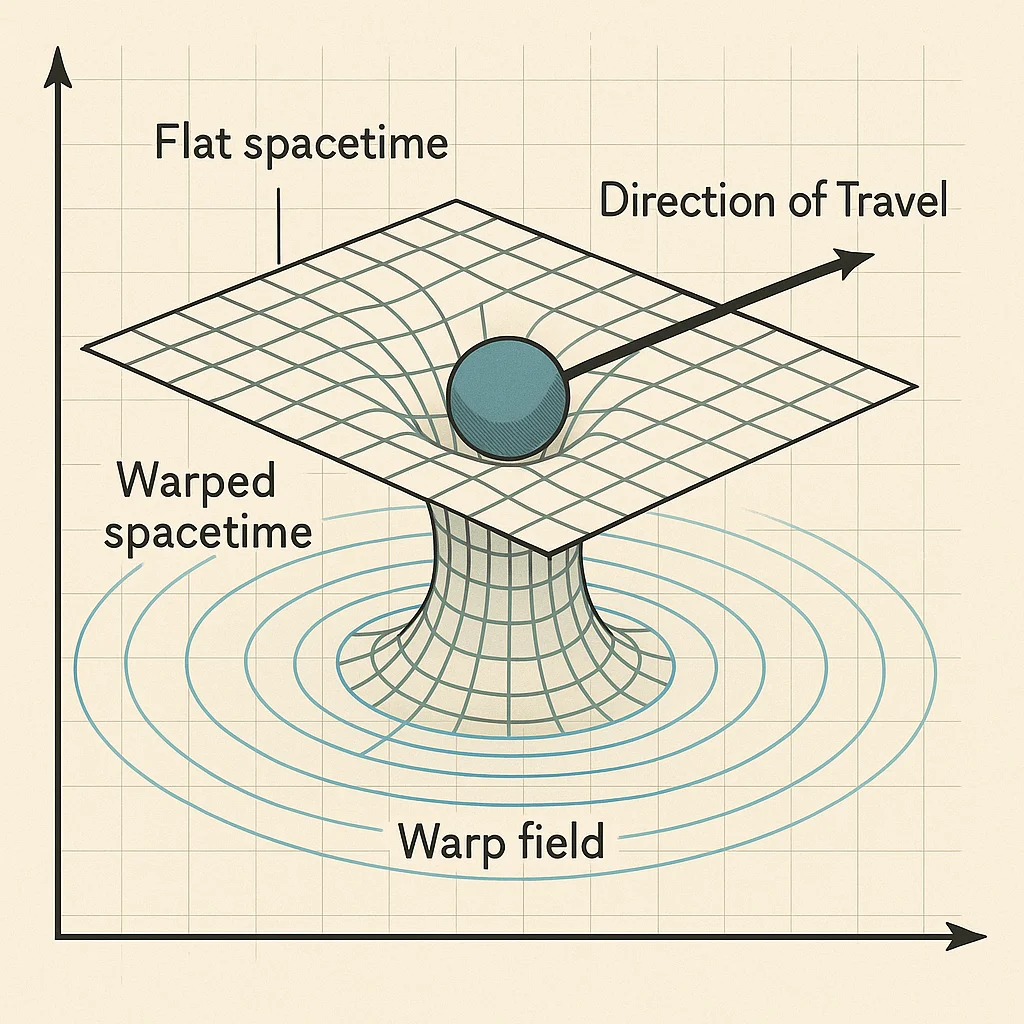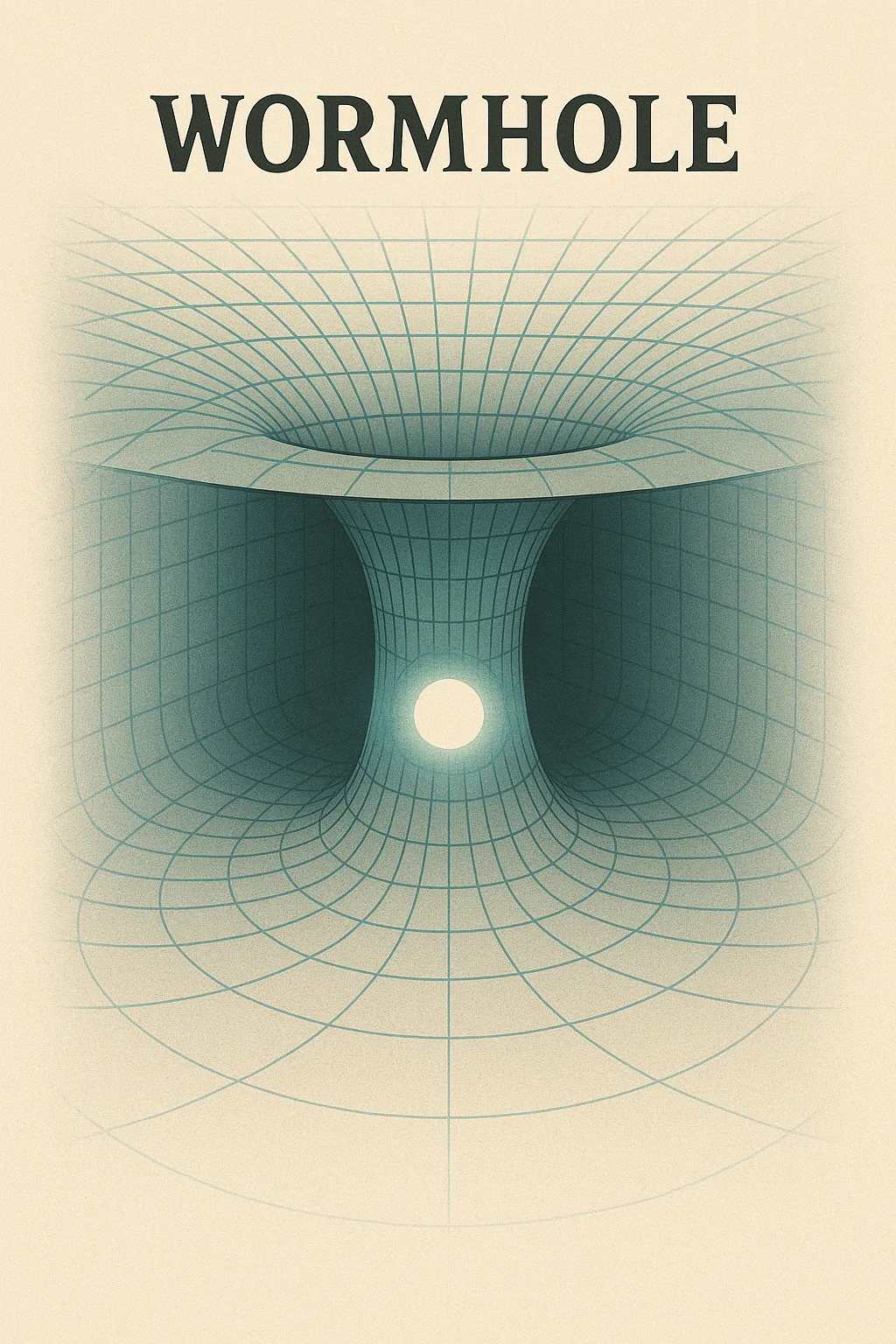The stars beckon, but they are impossibly far away. Even traveling at the speed of light, it would take over four years to reach our nearest stellar neighbor. But what if we could break Einstein's cosmic speed limit? What if faster-than-light travel isn't just science fiction?

The Challenge of Interstellar Distance
Space is vast beyond human comprehension. The nearest star system, Proxima Centauri, lies 4.24 light-years away—about 40 trillion kilometers. At the speed of our fastest spacecraft, it would take over 70,000 years to make the journey. For humanity to become a truly interstellar species, we need something revolutionary.
The Alcubierre Warp Drive
In 1994, physicist Miguel Alcubierre proposed a startling solution: don't move through space, move space itself. The Alcubierre drive would compress space in front of a spacecraft and expand it behind, creating a "warp bubble" that carries the ship faster than light relative to the outside universe.
"The warp drive is not about traveling faster than light in the local sense. It's about manipulating spacetime itself to achieve effective faster-than-light travel without violating relativity." — Miguel Alcubierre
The mathematics work out—Einstein's field equations do allow for such exotic geometries. The catch? It requires "exotic matter" with negative energy density, something that may not exist in the quantities needed.
Recent Developments
Recent research has shown promise in reducing the energy requirements:
- 2012: Harold White at NASA showed the energy requirements could be reduced from Jupiter-mass to Voyager-probe-mass by oscillating the warp bubble
- 2021: Erik Lentz proposed a new class of warp solutions using only positive energy
- 2023: Researchers at Applied Physics created nano-scale experiments to test warp field mechanics
Traversable Wormholes
Another approach to FTL travel involves shortcuts through spacetime itself. Wormholes—also called Einstein-Rosen bridges—could theoretically connect distant regions of space through a higher-dimensional tunnel.

Unlike the warp drive, wormholes don't require moving faster than light at all. Instead, they provide a shortcut, like a tunnel through a mountain rather than going over it. The challenges are formidable:
- Natural wormholes, if they exist, would be microscopic and unstable
- Keeping a wormhole open requires exotic matter threading its throat
- Creating an artificial wormhole would require manipulating spacetime on a cosmic scale
Quantum Entanglement and Information
While quantum entanglement can't transport matter faster than light, it might enable instantaneous communication across cosmic distances. This wouldn't help with physical travel, but it could allow real-time coordination of an interstellar civilization.
The Energy Problem
Every FTL concept faces the same fundamental challenge: energy. The original Alcubierre drive required energy equivalent to the mass of Jupiter. Even with improvements, we're talking about harnessing energy on a scale that dwarfs our entire civilization's current output.
Potential solutions include:
- Antimatter: The most energy-dense fuel known to physics
- Zero-point energy: Tapping quantum vacuum fluctuations
- Kugelblitz black holes: Artificial black holes made from concentrated energy
The Paradox Problem
FTL travel introduces causality paradoxes—in some reference frames, you could arrive before you left, potentially violating cause and effect. Physicists have proposed various solutions, from the Novikov self-consistency principle to quantum mechanics preventing paradoxes altogether.
The Path Forward
While FTL travel remains firmly in the realm of theoretical physics, the mere fact that our equations don't forbid it is remarkable. Each year brings new insights, new approaches, and new possibilities. Perhaps our descendants will look back at our skepticism the way we view those who claimed heavier-than-air flight was impossible.
The universe is vast, but human ingenuity has overcome seemingly impossible challenges before. The stars await, and one day—perhaps sooner than we think—we may find a way to reach them within a human lifetime.